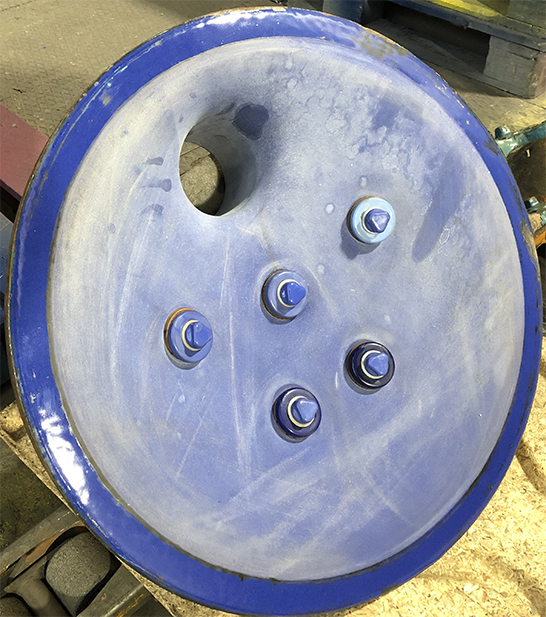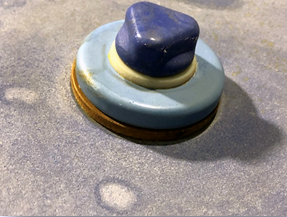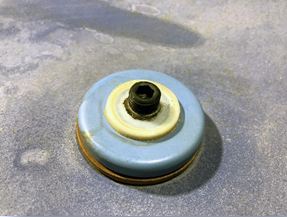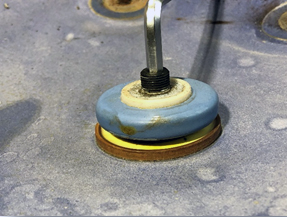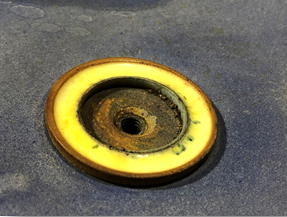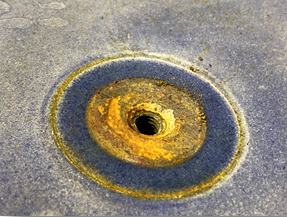EmRep withstands even PAC
The process for the production of PAC - polyaluminium chloride - is chemically highly corrosive. It involves aluminium hydroxide being dissolved in hydrochloric acid at temperatures above 160°C. Even highly-resistant technical glass, such as the abrasion-resistant THALETEC Abrisist, is subject to removal here through chemical corrosion. Hence the life of glass-lined reactors for PAC production is often limited to a few years.
Due to the high corrosiveness of the media, the highest demands are placed on the repair of damage to the glass lining with regard to failure safety. Due to the hitherto usual repairs with tantalum, these requirements could often not be met. Failure of the tantalum repair often resulted in consequential damage and the failure of the glass-lined equipment.
In close cooperation with KEMIRA, one of the world's leading producers of polyaluminium chloride, several THALETEC RepDisks were tested over 1.5 years involving over 1,000 batches. THALETEC RepDisks are glass-lined repair elements which can be used to repair medium to large areas of damage to glass-lined apparatus (see Illustration 1). Repair with RepDisks involves screwing a glass-lined plate with one or more screws to the container and sealing it against the container wall with a special gasket. The screws themselves are protected against corrosion by means of RepCaps, which are also glass-lined.
Practical test
To carry out the practical test, a total of five RepDisks were mounted on a DN 500 manhole cover. During the test period of 1.5 years under real production conditions at KEMIRA, the RepDisks were inspected regularly and disassembled and inspected at the end of the test.
Illustration 2 shows the manhole cover with the RepDisks mounted on it. Firstly, the corrosion behaviour of different technical glass linings from THALETEC and different sealing materials were tested.
Conclusions
The repair technique developed by THALETEC to repair damage to glass-lined apparatus with glass-lined repair elements has for many years already proved itself in practice. A field test at a producer of polyaluminium chloride impressively showed once again how well the repair technology performs even in demanding processes. The very expensive and often unreliable tantalum can thus in most cases be replaced by glass-lined repair elements.





